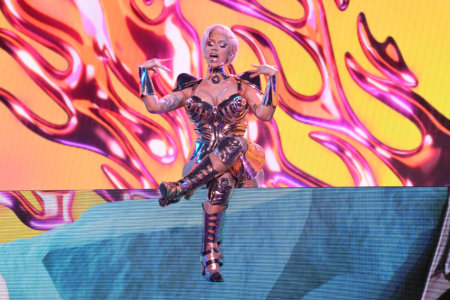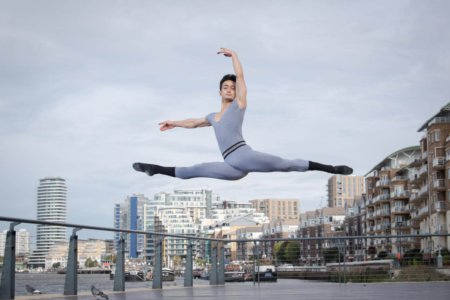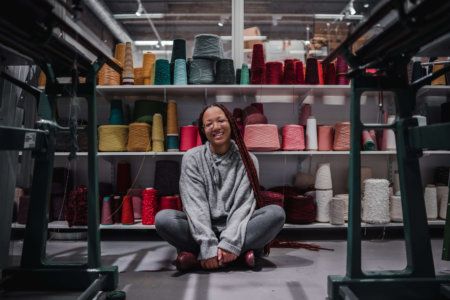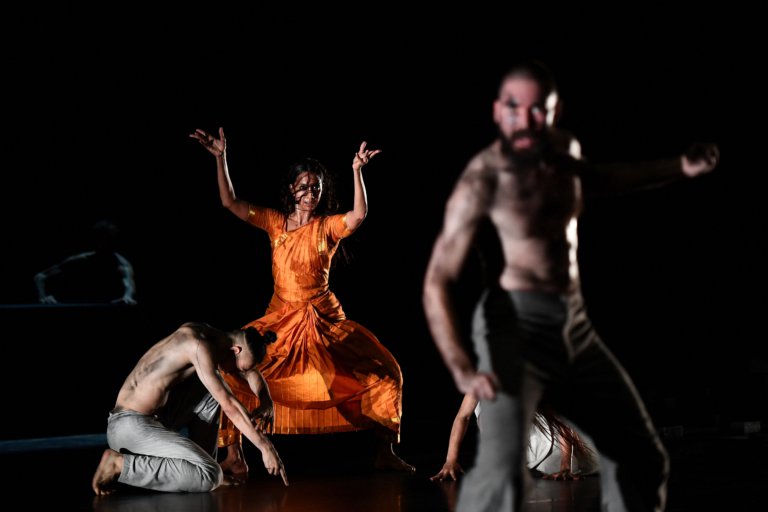
Contemporary performance covers a wide variety of disciplines. It can be experimental theatre and dance, video art, visual art, music composition, or any of these combined.
It doesn’t adhere to one specific subject. Instead, it could be theatre-based, dance-based or music-based. It could also be a combination of all three, or it could even be a performance responding to social issues, politics or personal lives. It’s about understanding the needs of audiences in society today, expressing them through artistic techniques and bringing them to life.
Akram Khan — a staple of the British performance scene — made Florence and the Machine’s “Big God” video an award-winning one. Khan, who combines his classical Indian dance training (Kathak) with contemporary dance, is the tour de force of the opening ceremony for the London 2012 Olympics.
Another great example is Wafaa Bilal — an Iraq-born American artist — known for his provocative interactive video installations. One of it involved his back getting carved with 5,000 red ink dots, representing American casualties in the Iraq war. He also tattooed 100,000 dots for unidentified and forgotten Iraqi victims that can only be seen under ultraviolet light.
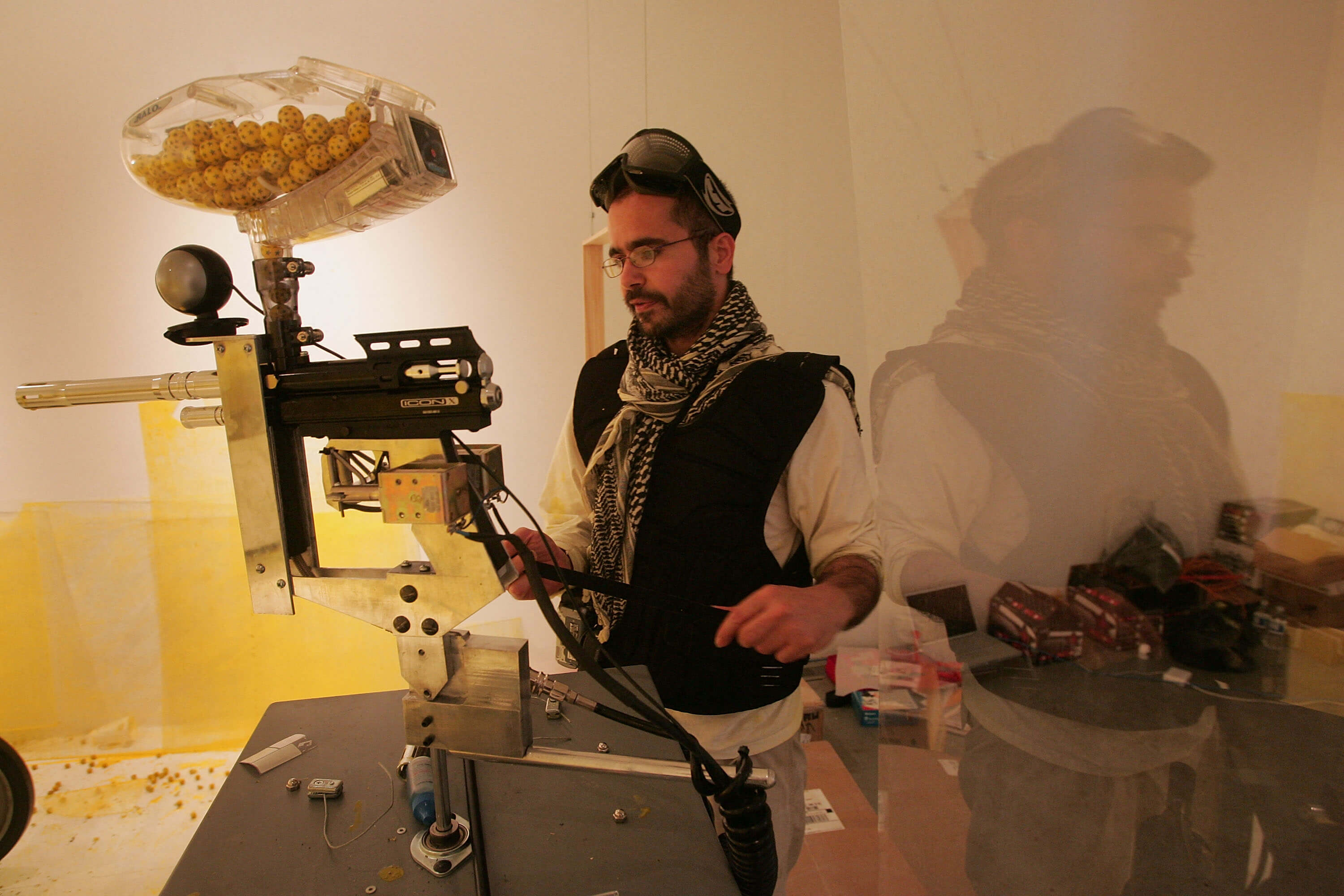
Iraqi born artist Wafaa Bilal loads paintballs into a gun in his Domestic Tension exhibit at the Flatfile galleries. Source: Scott Olson/AFP
A degree in contemporary performance can set you on the same paths as these icons. Here’s what you need to know before applying:
What you need to apply
To apply for a BA (Hons) in contemporary performance practice, you’ll be required to show you have two A-Levels, a foundation diploma in acting, performance or art and design or equivalent for international qualifications.
Additionally, you’ll have to prove your English proficiency with an IELTS score of 6.0 and above with a minimum of 5.5 in reading, writing, listening and speaking. Entry to this programme will be determined by the quality of your application and portfolio.
For an MA Contemporary Performance Practice degree, you’ll have to submit a personal statement along with your BA qualifications with a minimum of 2.1 honours in theatre, performance studies, dance, choreography, music or composition.
What you’ll study
The BA is a more practical programme designed to help you develop the knowledge, skills and understanding to realise your potential as an artist in modern times. You’ll gain a critical perspective and the foundations on how to portray art sustainably in the broadest way — think of yourself as a creative entrepreneur.
An MA leans more on emerging practices in the fields of performance (live art, interactive theatre, contemporary dance and game design). This prepares you to start working in the real world as an artist, curator or producer across artistic and cultural contexts.
What jobs you can get and salaries
Think beyond performance. You can be a curator, producer, facilitator, director, teacher, performer, designer or workshop leader.
An art curator — who manages museums and galleries — commands a median annual salary of US$53,780 according to the US Bureau of Labour Statistics 2018. A choreographer (depending on various factors such as additional skills and experience) can make up to US$49,108 a year while a professional Broadway dancer in New York earns up to US$64,256 a year.








